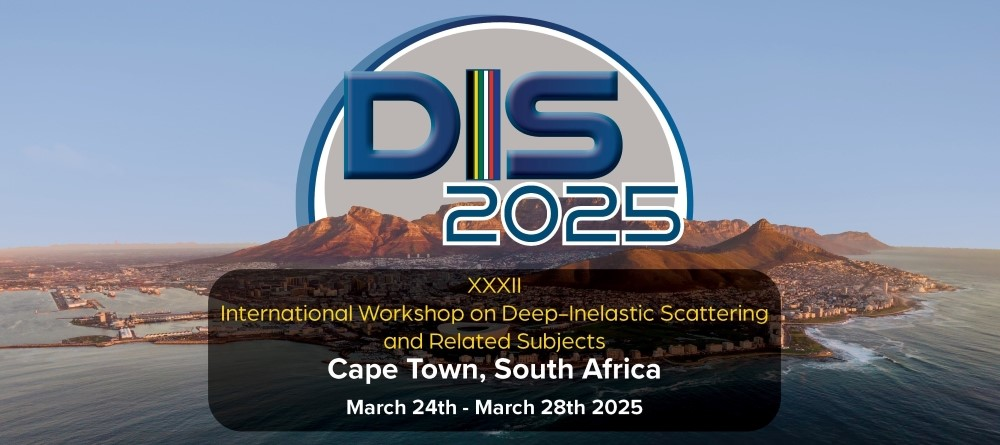Speaker
Description
The azimuthal correlation angle, $\Delta\phi$, between the scattered lepton and the leading jet in deep inelastic $e^{\pm}p$ scattering at HERA has been studied using data collected with the ZEUS detector at a centre-of-mass energy of $\sqrt{s} = 318 \;\mathrm{GeV}$, corresponding to an integrated luminosity of $326 \;\mathrm{pb}^{-1}$.
A measurement of jet cross sections in the laboratory frame was made in a fiducial region corresponding to photon virtuality $10 \;\mathrm{GeV}^2 < Q^2 < 350 \;\mathrm{GeV}^2$, inelasticity $0.04 < y < 0.7$, outgoing lepton energy $E_e > 10 \;\mathrm{GeV}$, lepton polar angle $140^\circ < \theta_e < 180^\circ$, jet transverse momentum $2.5 \;\mathrm{GeV} < p_\mathrm{T,jet} < 30 \;\mathrm{GeV}$, and jet pseudorapidity $-1.5 < \eta_\mathrm{jet} < 1.8$.
Jets were reconstructed using the $k_\mathrm{T}$ algorithm with the radius parameter $R = 1$.
The leading jet in an event is defined as the jet that carries the highest $p_\mathrm{T,jet}$.
Differential cross sections, $d\sigma/d\Delta\phi$, were measured as a function of the azimuthal correlation angle in various ranges of leading-jet transverse momentum, photon virtuality and jet multiplicity.
In this talk, comparisons between the HERA data, perturbative calculations at $\mathcal{O}(\alpha_{s}^2)$ accuracy, and Monte Carlo predictions with leading-order matrix elements supplemented by parton showering will be presented, providing insights for future experiments, such as the U.S.-based Electron-Ion Collider.
